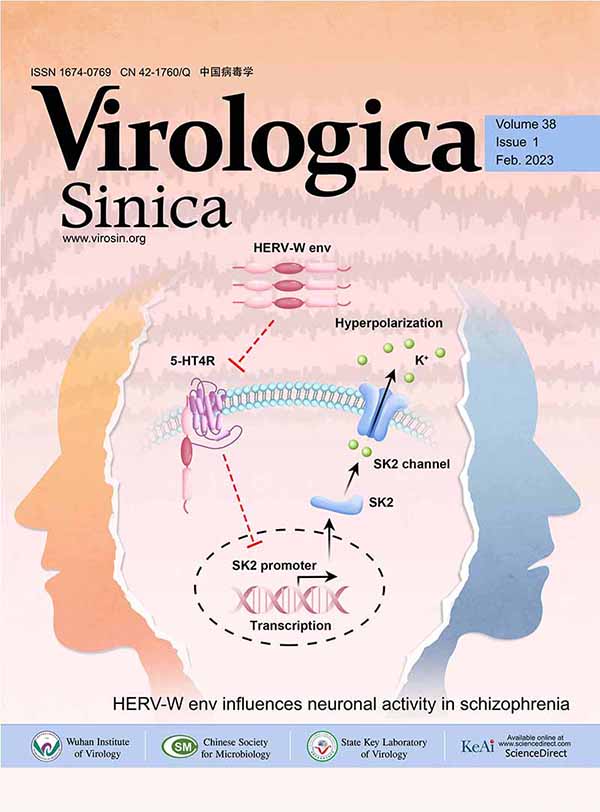Natural Infection of Hepadnavirus in Liver Tissues of Marmota himalayana in Qinghai, China
Abstract: Hepadnavirus surface, core antigen and c genes and their products which may exist in liver tissues of Marmots himalayana were detected by immunohistochemical staining and in situ hybridization, respectively. The data suggested that hepadnavirus surface antigens were detected in the liver of 13 out of 50 animals (26%) and the core antigen in 18 out of 50 animals (36%). Some of the samples were proven positive by dejection of the c gene by in situ hybridization. The core antigen was located in the cytoplasm and/or nucleus of liver cells and had multiple appearance such as scatterd, clustered or diffused. The C antigen was located in a scattered manner in the nucleus of liver cells. Mild inflammation was observes in 5 liver sections and did not correlate to antigen expression. Using histological detection methods of Woodchuck hepatitis virus (WHV), we demonstrated that a hepadnavirus similar to WHV infection may exist in Marmota himalayana in Qinhai, China. Marmota himalayana may be a potential animal model to s













 DownLoad:
DownLoad: